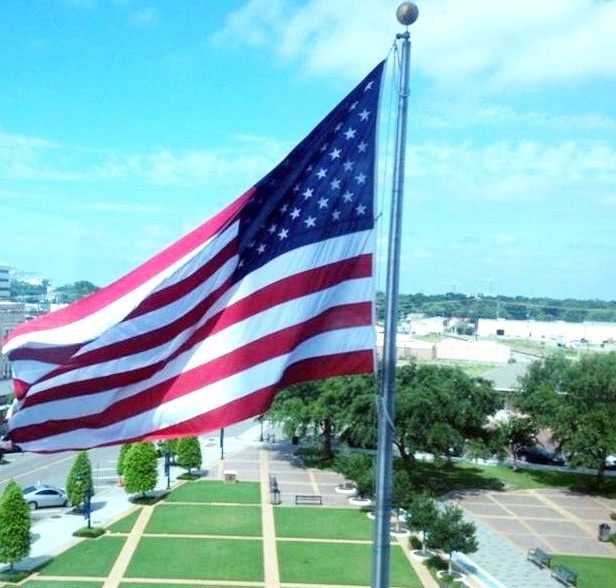The Stars and Stripes. Old Glory. The Star-Spangled Banner. No matter what we call the Red, White, and Blue, it’s our American flag, the distinct and enduring icon of our Great Nation. This Independence Day—242 years since we became a country—people and communities will proudly wave that grand symbol of the free and the brave atop flagpoles, on front porches, and at picnics and parties across the land.
I believe when we understand the origin and symbolism of our flag, our Fourth of July can feel even more meaningful.
A new constellation
Following the American Revolution, the Continental Congress declared our independence from Great Britain on July 2. Two days later, on July 4, 1776, they signed the formal Declaration of Independence, ensuring basic rights for the people of our then-fledgling republic.
Almost a year went by before the Congress passed an act establishing the first official flag, known as the “Continental Colors.” On June 14 (now Flag Day), those first national leaders “Resolved that the flag of the United States be thirteen stripes, alternate red and white; that the union be thirteen stars, white in a blue field, representing a new constellation.”
That new constellation was, of course, the 13 colonies which became the states that made up the new United States of America.

An evolving emblem
The Flag Resolution hadn’t addressed detailed “brand standards,” so, initially, the arrangement of the stars and stripes was inconsistent and often up to whoever made the flag. Remember studying the Betsy Ross flag, with 13 five-point stars in a circle? Many historians doubt that Betsy actually sewed the first flag from a sketch by George Washington; but that’s another story.
Naval designer and Declaration of Independence signer Francis Hopkinson came up with the look we know today as the official flag of the United States. Over the next 183 years, Congress changed our flag 26 times to reflect the country’s growth, adding stars for each new state.
Today’s U.S. flag, a design in use continuously since its adoption on July 4, 1960, features seven horizontal red stripes alternating with six horizontal white stripes representing the original 13 colonies. Fifty-five-pointed white stars—nine rows staggered horizontally and 11 rows staggered vertically—in no particular order of state or statehood appear on a blue field or canton at the upper left-hand corner of the flag, signifying all the states in our Union. Even the colors of the flag are deliberate, standing for the values our founding fathers felt made and kept a country great: hardiness and valor (red); purity and innocence (white); and vigilance, perseverance, and justice (blue).
An executive order specifies the size of flags made for and by the federal government; and the United States Flag Code defines how to use, display, and dispose of our flag.
Celebrating and honoring
In 1870 Congress made July 4 a federal holiday, but we Americans have hailed our independence since the 18th century. This Fourth of July, it’s important to keep commemorating that freedom. Enjoy the holiday’s traditions, including outdoor fun and favorite foods such as all-American BBQ (the unofficial official food for the Fourth), hot dogs and hamburgers, corn on the cob, iced tea and lemonade, apple pie with homemade ice cream, and whatever goodies you can create with red, white, and blue.
Fly your American flag with pride, remembering and revering the more than two centuries of literal blood, sweat, and tears that have kept those beautiful colors bright. Think, too, of the countless people serving and, many times, giving their lives to defend our flag and keep us safe and of their loved ones who stand strong and sacrifice with them.
May you and those you care about most enjoy a happy, safe July 4, celebrating all the history, promise, and opportunities our American flag embodies.




